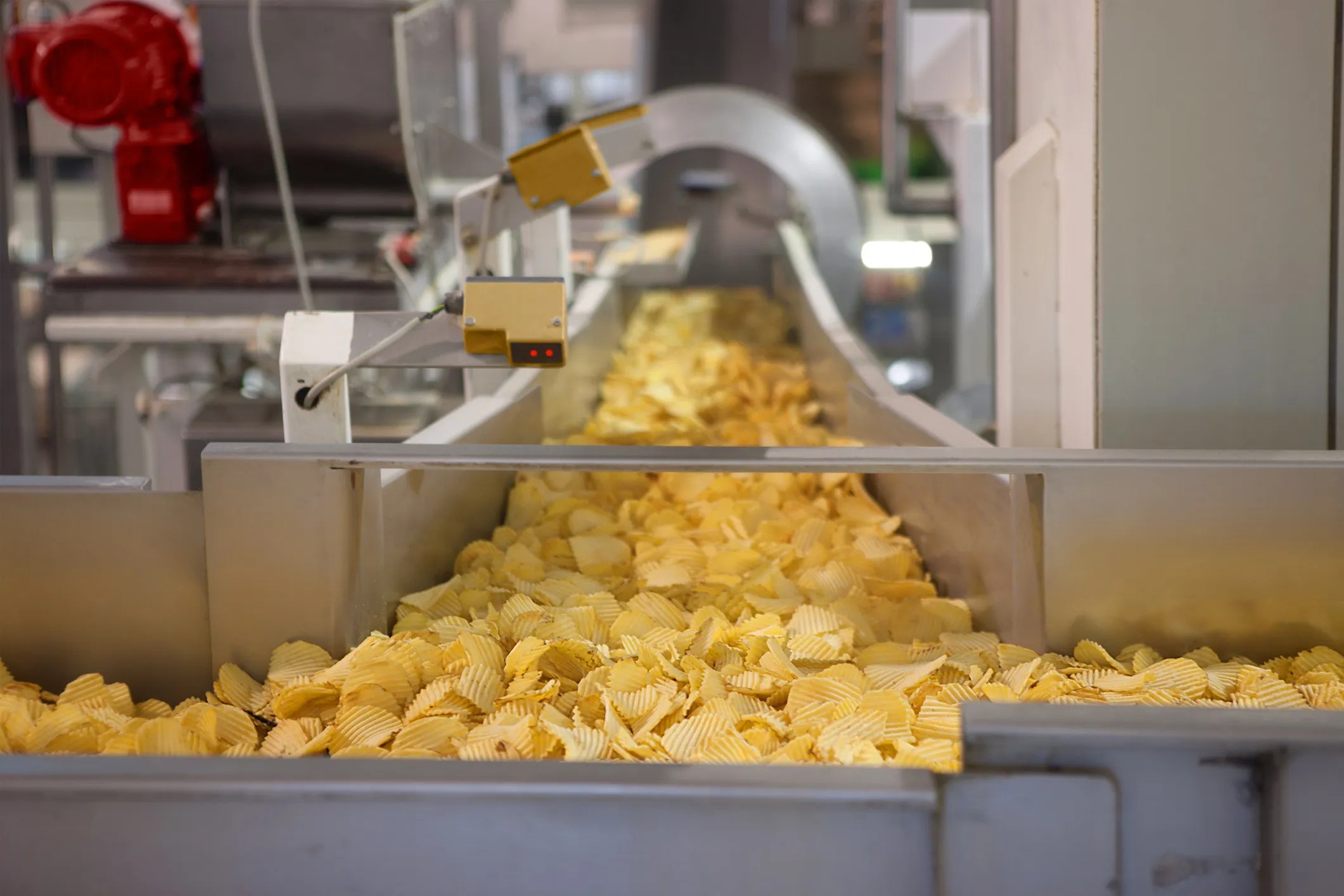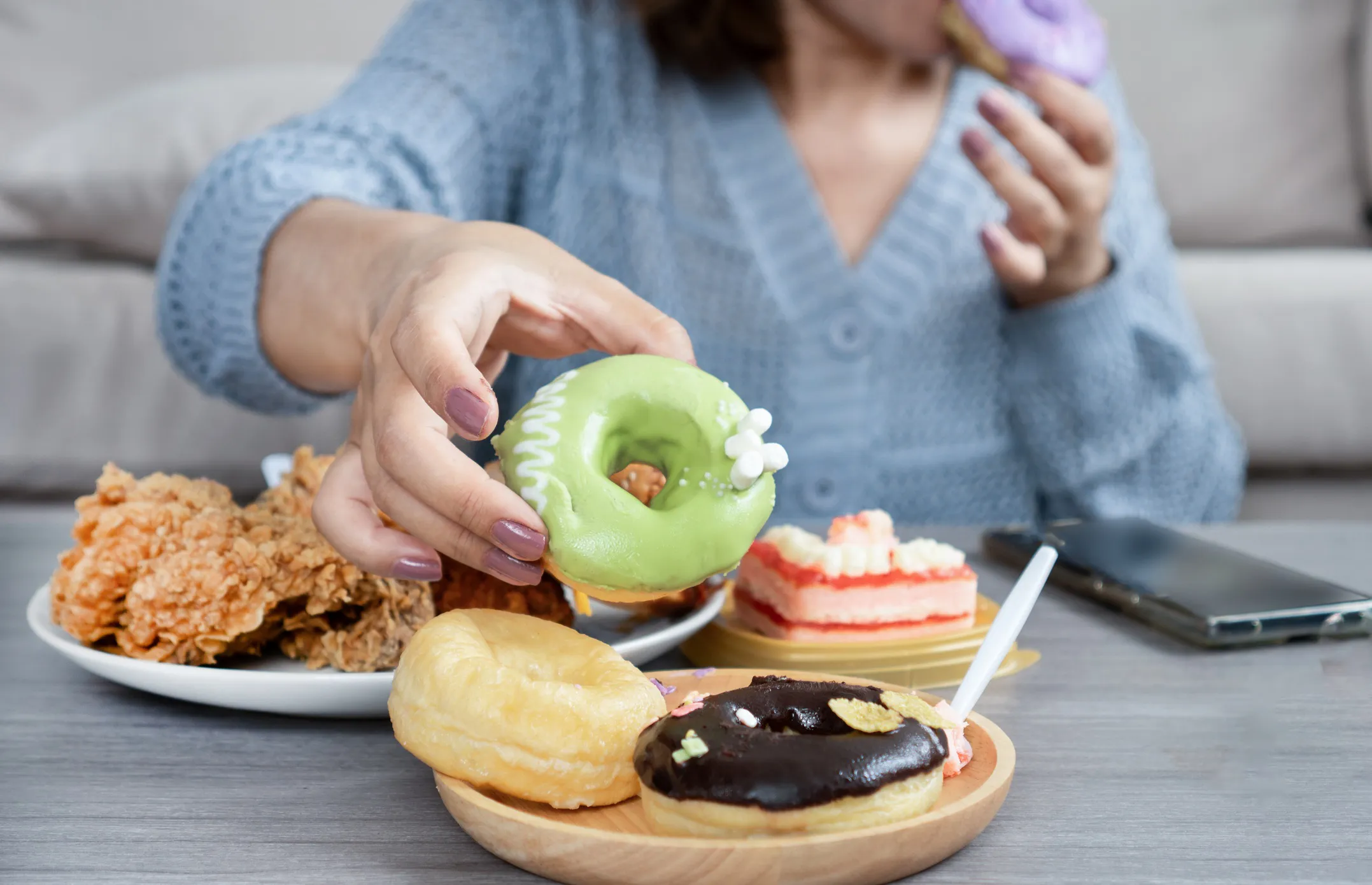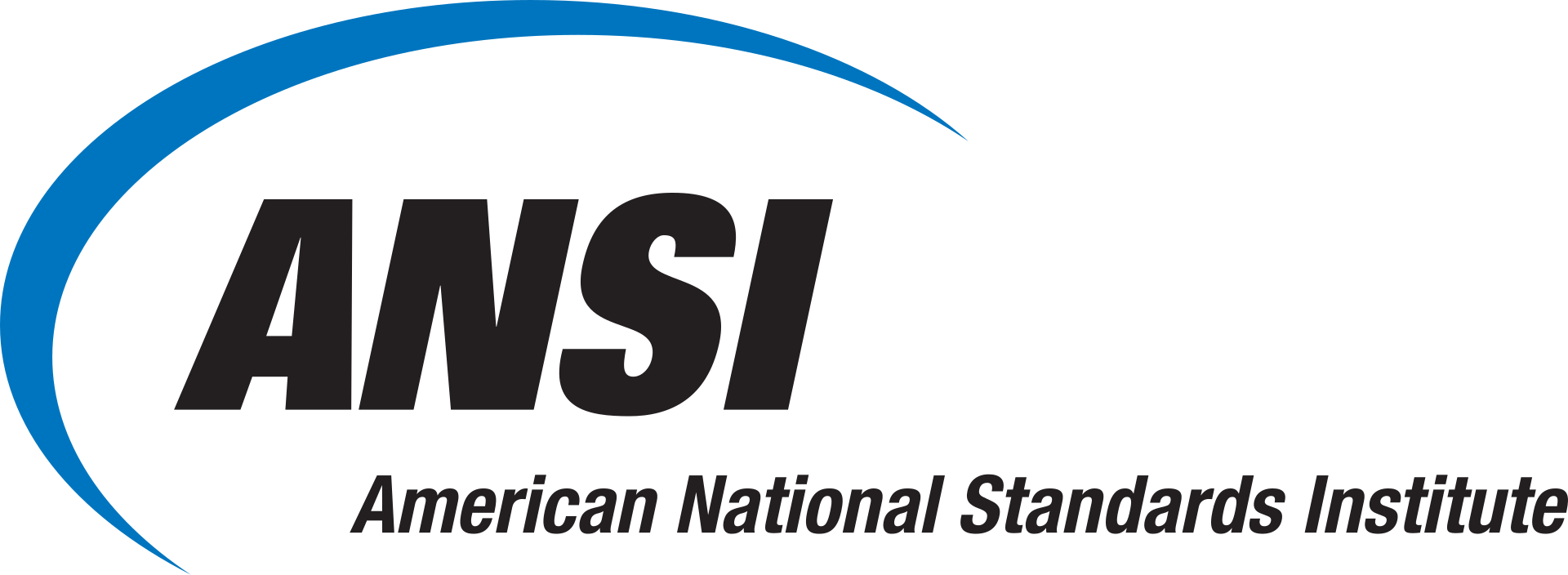How Did Tobacco Influence US Junk Food?

Due to growing government regulation, in the mid-20th century, tobacco companies began diversifying into food manufacturing and applied similar aggressive marketing and lobbying tactics in food as they had with cigarettes. They drastically influenced the US food landscape by promoting the production and consumption of hyper-palatable foods. These foods contain ingredients with high levels of fat, sodium, sugar, and other additives that are rapidly absorbed into our blood streams, amplifying their ability to light up our brains’ reward centers. In other words, these junk foods that we often crave were created by the same companies that brought us addictive cigarettes.
What Are Hyper-Palatable Foods?
Hyper-palatable foods refer to processed foods—such as burgers, fries, candy, chips, and ice-cream—that are designed to be highly appealing. Think about the last time you turned down getting popcorn or candy at the movie theater or grabbing that slice of pizza after a busy day. Probably not too often; hence, according to researchers, the success of hyper-palatable products is rooted in the science behind addiction.
These foods are engineered to contain additives that do not occur in nature as well as high levels of fat, sugar, salt, and carbohydrates—which excessively stimulate the brain’s reward system and promote overeating. As such, their consumption can increase an individual’s risk for excess weight and body fat gain over time as well as related health issues.
How Did Tobacco Companies Diversify into Food Manufacturing?
By the 1960s and 70s, increasing scientific evidence linking tobacco to health problems, particularly lung cancer, led to growing public concern and government regulation. Anticipating future declines in tobacco sales, tobacco companies sought to diversify their revenue streams. They had deep expertise in consumer product marketing, targeted advertising, brand loyalty programs, logistics, use of psychology in product packaging/placement, and supply chain management, which could be easily applied to food.
So, after following government regulation of the tobacco industry, tobacco companies diversified into food manufacturing, creating hyper-palatable products designed to be addictive. It is worth noting that these tobacco companies represented a shift in ownership rather than the creation of a new industry.

Tobacco-Owned Food Companies Positive Correlation to Hyper-Palatable Foods
The National Library of Medicine (NLM) conducted a study on US tobacco companies from 1980 to 2001. It measured whether hyper-palatable foods were disproportionately developed in tobacco-owned food companies, resulting in substantial tobacco-related influence on the US food system The study found that tobacco-owned foods were 29% more likely to be classified as fat and sodium hyper-palatable foods; tobacco-owned foods were 80% more likely to be classified as carbohydrate and sodium hyper-palatable foods than foods that were not tobacco-owned between 1988 and 2001.
This study also found that tobacco companies especially focused on increasing fat and artificial ingredient content as well as carbohydrates and sodium. However, they seemed to avoid promoting foods high in fat and sugar, potentially to avoid scrutiny since there was raising concern in the 1990s about sugar’s link to obesity. By focusing on sodium, tobacco-owned food companies could enhance palatability while staying under the radar of most nutritional advice at the time. This study highlights how these tobacco companies arguably leveraged their understanding of addiction to engineer hyper-palatable food products.
Today’s Standards for Food Manufacturing
Understanding how addictive, hyper-palatable foods heavily activate the brain’s reward system helps us make more informed food choices. Food safety standards help us out by guiding food producers in food safety management, but it is still up to us as consumers, to choose the best option for us. A Food and Drug Administration rule allows food companies to add new ingredients to the food supply with almost no federal oversight. Many substances added to food are classified “Generally Regarded as Safe” but a “2016 survey by the Consumer Reports National Research Center found that the term GRAS can be misleading for consumers: 77 percent of respondents believed that ‘GRAS’ means the FDA has evaluated the ingredient and deemed it to be safe; and 66 percent believed that the agency monitors GRAS ingredients’ safety and use. Neither statement is true.”
ISO 22000—which provides a framework for food safety management systems—is applicable to all types of food producers to food manufacturers, catering services, and packing companies. This international standard aims to help them identify and control food safety hazards throughout the supply chain. It combines elements of ISO 9001 (quality management) and HACCP (hazard analysis and critical control points) to assure the safety and quality of food products. Furthermore, the ISO 22000 family also includes standards like ISO 22002-1, which provides detailed requirements for prerequisite programs in food manufacturing.
If you manufacture food, ISO 22000 is a certifiable standard, meaning organizations can undergo an audit and certification process to demonstrate their adherence to the requirements, thereby building consumer trust and garnering credibility.







Interesting and well done! You should post this on X! (((Bravo my friend, bravo!)))